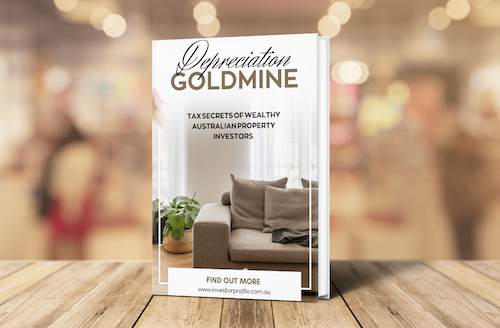Australia’s Rental Market: A Two-Year Comparative Analysis
Over the past two years, Australia's rental landscape has undergone significant changes. Factors including the COVID-19 pandemic, limited supply, and shifting demand patterns have all played a role in these movements. This overview compares rental trends across Australia’s major cities from 2023 to 2025.
National Snapshot
In 2023, the national median weekly rent was around $570. By the first quarter of 2025, this had increased to $627 — a cumulative rise of roughly 10% over the two-year period.
City-Specific Insights
- Sydney: The median weekly rent climbed from $699 in 2023 to $770 by late 2024, marking a year-on-year increase of 9% initially, though growth decelerated to 4.3% by December 2024.
- Melbourne: Rental prices showed a moderate rise, increasing from $526 in 2023 with a 3.6% boost in 2024.
- Brisbane: The median rent experienced an 8.5% increase, moving from $599 to $649 between 2023 and 2024.
- Adelaide: While the 2023 median rent was $531, the trends indicate continued growth into 2024, though detailed figures for that year are less comprehensive.
- Perth: Rents increased from $572 in 2023, with certain suburbs reporting over a 10% annual rise.
- Hobart: Contrasting with other capitals, Hobart saw a minor decline of 0.2% in 2024 from its 2023 median of $563.
- Canberra: The capital observed a modest 1.8% year-on-year increase from its 2023 figure of $674.
Key Factors Influencing Rental Prices
The trends observed in the rental market have been driven by several critical factors:
- Supply and demand imbalances
- Economic fluctuations
- Shifts in migration trends
- Policy adjustments and rent assistance measures
Conclusion
From 2023 to 2025, rental markets across Australia have displayed varied trajectories across cities. These shifts underline the need for renters, investors, and policy makers to be adaptive and informed when navigating housing decisions.
Sources: CoreLogic, ABC News, Realestate.com.au

Discover the #1 tax secret wealthy Australian property investors use to grow their portfolios faster — even in a high interest rate environment.
- Learn how to turn wear and tear into wealth
- See real examples of $15,000+ first-year deductions
- Understand how to structure your purchases for maximum after-tax ROI
Download Your Free Wealth Building Guide
This ebook reveals how to legally slash your tax bill while building long-term wealth through property. Learn the strategies savvy investors use to gain an edge — even before settlement.
- Maximise tax deductions and improve cash flow
- Understand Division 40 vs 43 and how to claim both
- Position yourself to reinvest and scale faster


